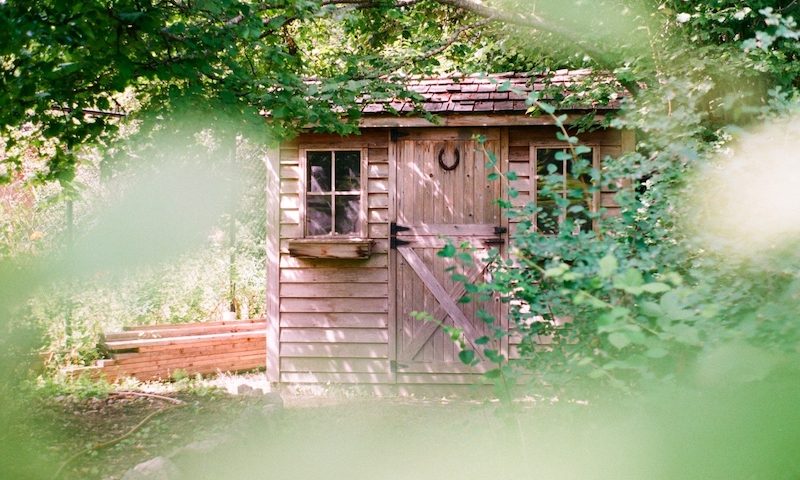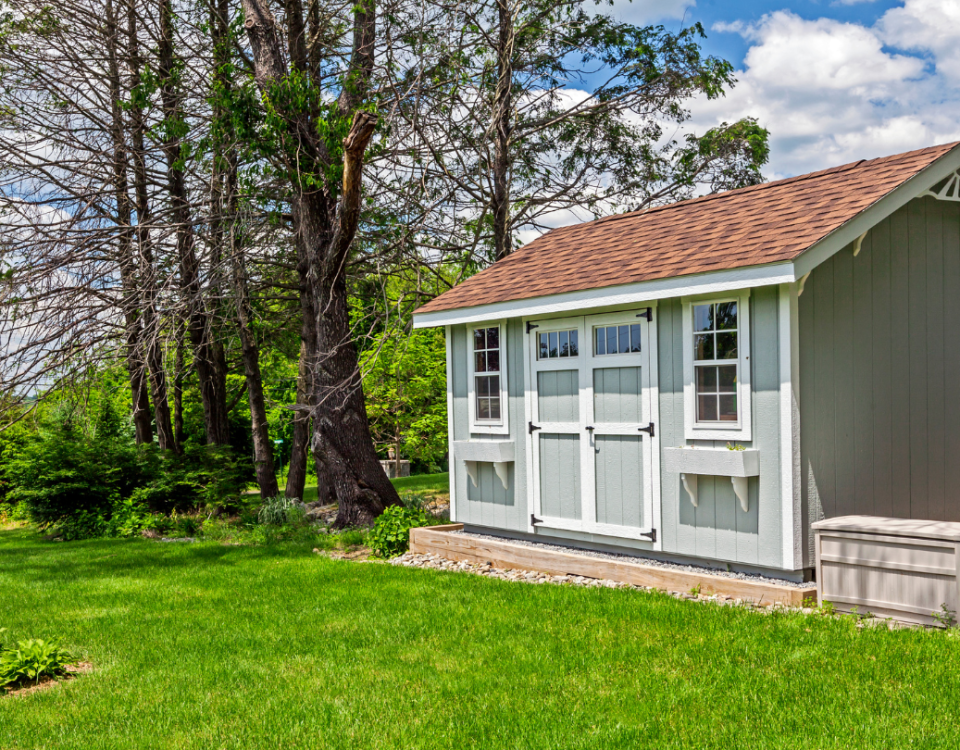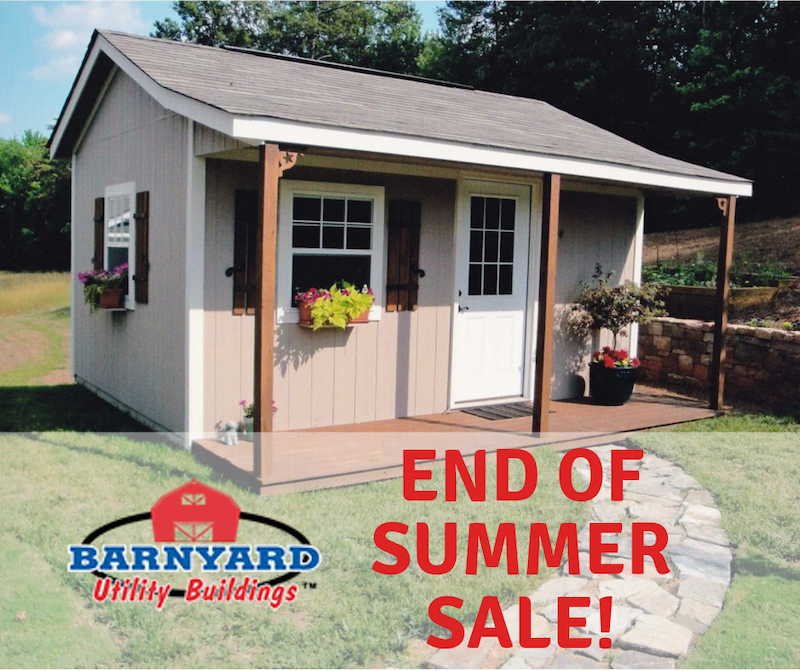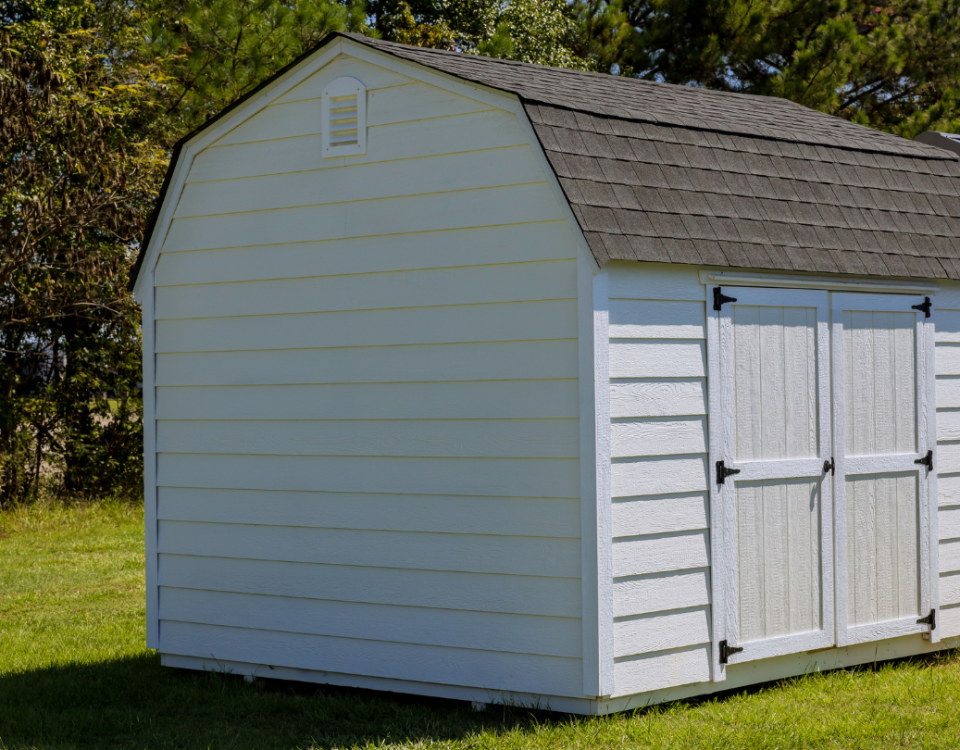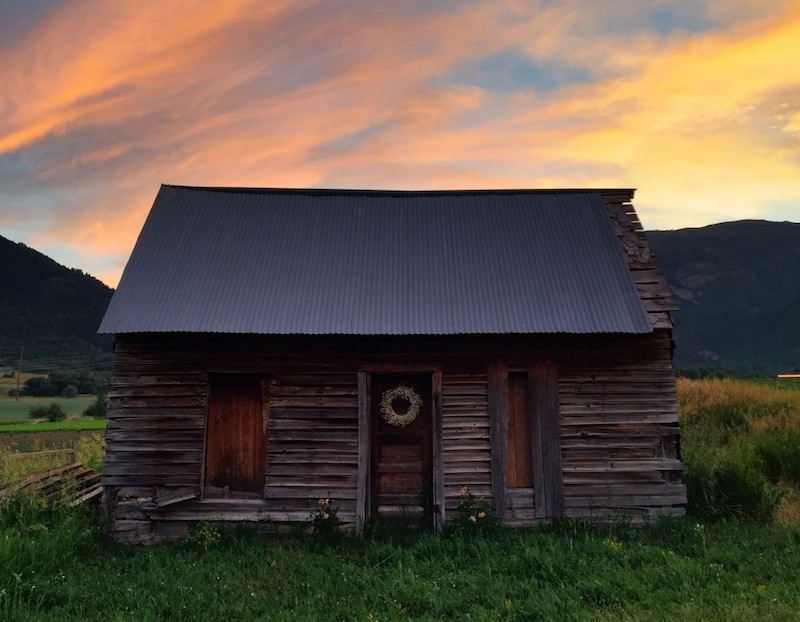
How Do Rent To Own Sheds Work And Are They Right For You?
August 29, 2019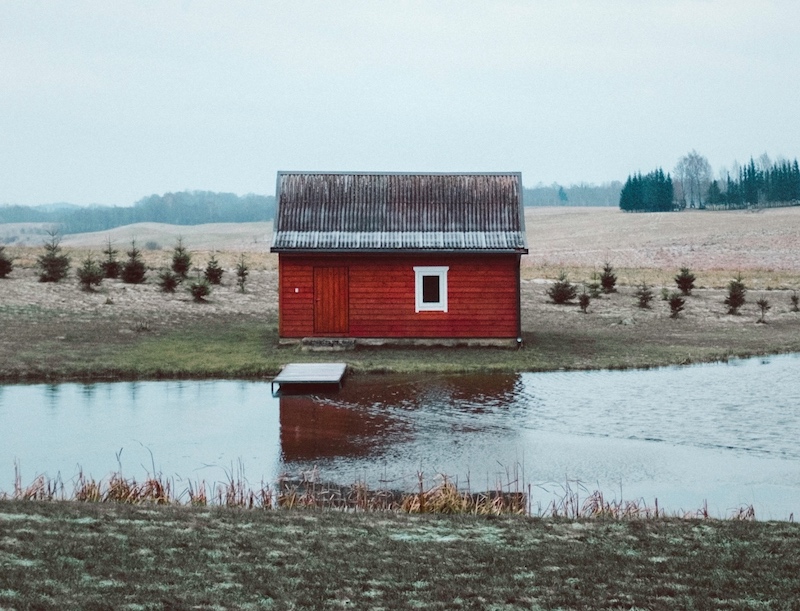
Wooden Utility Sheds vs Plastic Utility Sheds: Which Is Better?
October 29, 2019So you know you need a utility shed, and you’re ready to make the commitment, but now you wonder: What sized utility shed do I need?
Great question! Believe it or not, it’s one of the most common questions when it comes to buying a shed. With so many options available, it’s hard to know where to start. The good news?—It’s not hard to find the right answer, so don’t be overwhelmed.
Here are 5 questions to ask yourself in order to find the right answer.
1. How big is your yard?
This is a good place to start. Regardless of your budget or what you plan to do with your shed, it’s important to consider the space you have available. Aesthetically speaking, you’ll want your shed to look proportionate to your yard. Additionally, you’ll want to consider the space you’ll need to walk around the perimeter of your shed.
A good rule of thumb: An 8′ x 8′ shed is ideal for a smaller yard, while a 12′ x 12′ shed (and larger) is best in a bigger yard. For reference, an 8′ x 8′ shed would comfortably hold a riding lawnmower, while a 12′ x 12′ would hold a motorcycle, and a 12′ x 20′ would hold an SUV.
Ideally, it’s a good idea to meet with a reputable contractor who can help assess the size of your yard and make recommendations for what sized shed you should consider. Keep in mind that many sheds are customizable and allow you to have a building specifically built to meet the needs of your space.
2. How do you plan to use your utility shed?
The size of your yard isn’t the only thing to consider. Just because you have the space for a larger shed may not mean you want or need a larger utility shed. So the second question to ask yourself is what you plan to do with your shed. Sheds can provide everything from a practical storage space to a full-service workshop (and everything in between!) So start by asking yourself what you primarily want to use your shed to do or accomplish.
If you’re looking to create a simple space to store lawn equipment (like lawn mowers and weed trimmers) or gardening tools (like wheelbarrows and potting equipment), a classic, customizable mini-barn may be what you need. An 8′ x 8′ shed will fit smaller yards or go nearly anywhere in a larger yard.
On the other hand, if you plan to use it to store bigger, bulkier items (like a motorcycle or ATV), you may want to build a barnyard utility building up to 16′ by 24′. Also, if you want to create a space where you can work and move around, you may want to invest in a large utility shed.
Start with the size of your yard and then determine your purpose. How do you plan to use your shed?
3. How often will you use it?
Outdoor sheds can make great buildings to hold and organize seasonal decor, holiday decorations, and patio furniture. Outdoor sheds can also serve as a personal workspace for gardening, woodwork, or whatever hobbies require extra room. If you’re planning to use it for minimal storage that you’ll access once or twice each season, a small utility shed may be all you need. If, however, you’d like to use it as a place to regularly organize, visualize, or work, you’ll want more space.
Specifically, you’ll want to purchase a shed that allows you to stand up and move around freely and comfortably. You don’t want to have to duck or squeeze into a smaller space than necessary. If you plan to use your shed often, make sure you consider height when making your shed selection.
If in doubt, it’s a good idea to go a little larger than you think you’ll need since the extra space typically doesn’t hurt. You can always add more stuff to your shed, but you can’t add more shed without significant work. One good rule of thumb is to make a list of the things you plan to store inside. Measure the things you know you want to store in your shed. You may be surprised how much room you’ll need for your items. And you may be surprised how much more you add to it over time.
4. How do you envision using it in a few years?
A good shed should be built to last for years to come. And it should be built to meet your existing and future needs for the next decade or longer.
Our wood construction buildings, for instance, are built using a blueprint from a licensed engineer. Meaning your shed should last and grow with your dreams and hobbies over many years. When deciding between a small utility shed or a large utility shed, be sure to consider how you envision using it over the years. Will it meet your needs in a few years? If you plan to invest in more tools, for instance, or nicer lawn care equipment, be sure to factor that into the space that you need for your shed.
Will the shed that you’re considering purchasing meet your needs 5 or 10 years from now?
5. What local regulations—if any—do you need to consider?
Finally, some cities, communities, or neighborhoods have specifications for adding a shed to your property. Before finalizing the plans for your new shed, be sure to check on any existing regulations in your area. This is not a situation where it’s better to apologize than ask permission. Do your research and ask whatever questions you may have.
If you do have regulations to follow, your contractor will work with you to be sure those specifications are met.
Do you know what size shed you need? Whether or not it’s clear to you yet, we’d love to help you find your perfect utility shed match.


